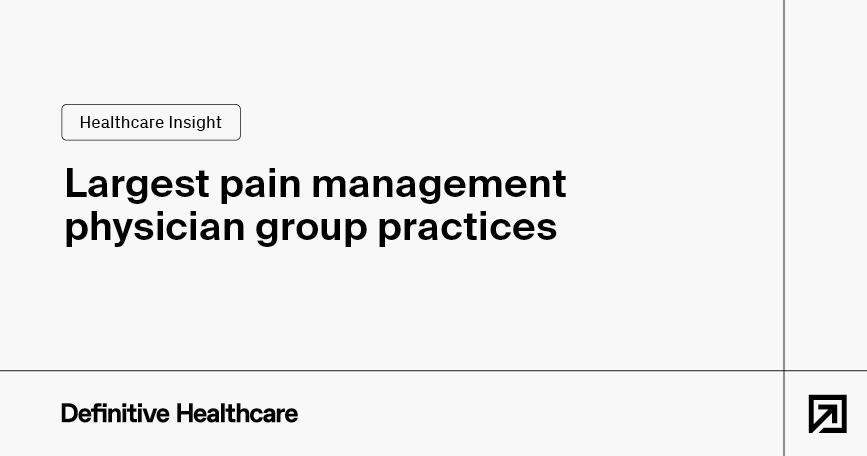Filter by Type

Largest ophthalmology physician group practices
Explore the largest ophthalmology physician‑group practices in the U.S., ranked by physician count and national footprint, key for vendors, payers and analysts.

Top 14 encoder vendors by number of installations
Explore the most‑installed medical coding encoder vendors in the U.S. Review our list of medical coding software by install count and market share.

Largest cardiology physician group practices
Explore the largest cardiology physician groups in the U.S., ranked by number of physicians, a guide for vendors, partners, and healthcare analysts.

Largest oncology physician group practices
Explore the largest oncology physician group practices in the U.S. ranked by size, locations, and network reach across cancer care services.

Top telehealth companies by market share
Discover the top telehealth companies ranked by U.S. market share and understand who leads virtual care platforms and services.

Top 10 hospitals using MEDITECH EHR
Explore our comprehensive list of the top 10 hospitals using MEDITECH EHR. Learn how these institutions improve patient outcomes and operational efficiency.

How many trauma centers are in the U.S.?
Explore how many trauma centers are in the U.S, including the number of trauma centers by level for your healthcare commercialization strategy.

Largest pain management physician group practices
Explore the largest U.S. pain‑management physician groups by size and get key insights for vendors, payers & industry analysts.